6. The Sender (1982)
The film it ripped off: Psychic Killer (1975)
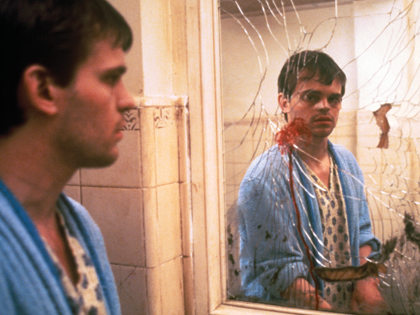
How it outdid its inspiration: You REALLY have to be an exploitation horror fan to have heard of Raymond Danton’s 1975 flick Psychic Killer – which is a shame, because it actually is a pretty well-done little no-budget shlocker.
While that film did a pretty good job exploiting the concept of an astral projection killer – i.e., a dude who is able to will his soul outside his body while he’s sleeping so he can off people in murders that vaguely resemble accidents – 1982’s The Sender definitely takes the concept to another level. Here, our sleepytime murderer is some sort of weirdo momma’s boy who has been locked in an insane asylum after a suicide attempt – and it isn’t long before things start getting mighty strange around the place.
Since it is a bit of a mystery thriller, I won’t give away the pseudo-twist ending, but rest assured it entails plenty of inventive special effects, including people getting their heads knocked clean off their shoulders and a downright brilliant sequence where an electroshock therapy snafu turns an entire trauma center into an anti-gravity vortex of death.
And perhaps the most peculiar thing of all about this surprisingly enjoyable early ‘80s cheese-fest? It was helmed by Roger Christian – the same guy who would give us the all time cinema dud by which all other cinematic duds shall be judged, 2000’s much, much maligned Battlefield Earth.
7. The Horror Show (1989)
The film it ripped off: Shocker (1989)
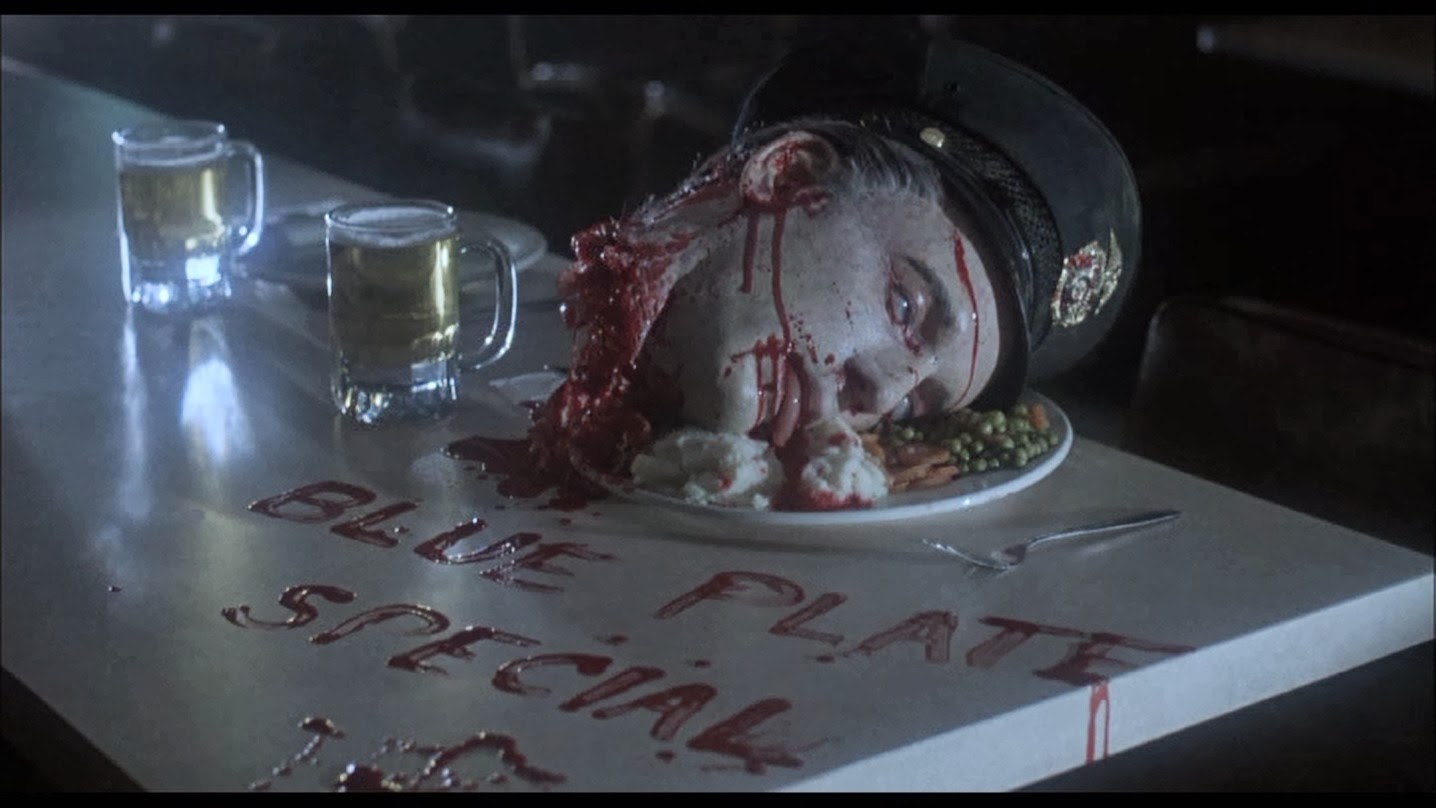
How it outdid its inspiration: Now here’s a really weird situation – one in which the “ripoff movie” was actually released BEFORE the original. With 1989’s Shocker, Wes Craven was clearly trying to recreate the success of Freddy Krueger via antagonist Horace Pinker – a serial murderer who, after riding the lightning, becomes an electric ghost that travels in and out of people’s homes via their television sets.
Apparently hoping to beat Universal to the punch, United Artists reconfigured what was going to be the third film in the horror-comedy series House into The Horror Show, a fairly straightforward genre flick with the exact same central premise as Shocker, and dropped it in theaters a full six months earlier.
Although Shocker had the bigger budget, The Horror Show is a more effective thriller, thanks in part to strong performances from Lance Henriksen as the detective haunted by the spirit of Meat Cleaver Max, and Brion James of Blade Runner fame, who turns in a truly inspired performance as the movie’s mulleted, transdimensional psycho killer.
With Shocker displaying perhaps a bit too much goofball comedy, the comparatively humorless The Horror Show has a much spookier atmosphere, and in many ways, more jarring special effects. It may not be an all-time genre classic, but it’s definitely a better take on the material than the fairly forgettable flick Wes Craven churned out.
8. Stone Cold (1991)
The film it ripped off: Cobra (1986)
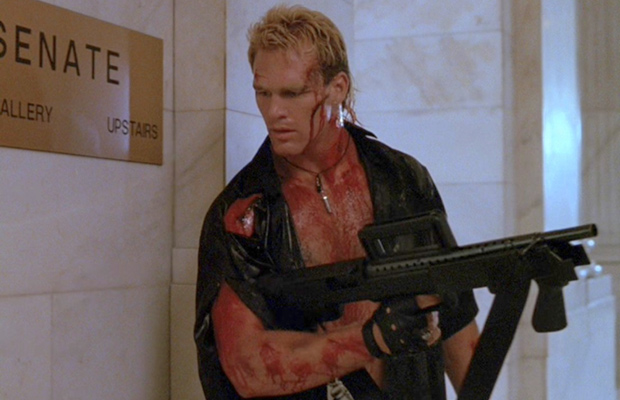
How it outdid its inspiration: Really, Stone Cold isn’t so much a ripoff of Cobra as it is an unacknowledged remake. Give or take a few trifling details, this 1991 kill-a-thon is nearly a scene-by-scene redo of Sly Stallone’s critically disparaged vigilante action flick from the mid-1980s.
Both films begin with our hyper-violent protagonists shooting it out with bad guys in a grocery store, both films revolve around a gaggle of nihilistic criminals killing off political rivals, both films involve undercover cops infiltrating a nefarious ring to protect an assassination target and both films end with an all-out, explosion-filled showdown between our solo hero and the bad guys’ last line of defense. Where Stone Cold ups the ante is two-fold.
While Sly Stallone and Brigitte Nielsen just go through the motions in Cobra, its 1991 imitator gives us one of the more atypical action antagonists performances in the form of Joe Huff, played surprisingly well by NFL bust Brian Bosworth.
Similarly, the big bad in Stone Cold totally outdoes the lead villain in Cobra; whereas the Stallone flick had Brian Thompson phoning it in as “The Night Slasher,” Stone Cold feature Lance Henriksen as a sadistic, white supremacist biker gang leader/methamphetamine trafficker with a hard-on for killing state legislators.
And when it comes to action, Stone Cold just mops the floor with Cobra, and nothing proves this more than the films’ respective finales; while Cobra concludes with a generic steel mill siege, Stone Cold gives us a gun battle in the Mississippi State Capitol Building – complete with motorcycles flying into helicopters!
9. Rumpelstiltskin (1995)
The film it ripped off: Leprechaun (1993)
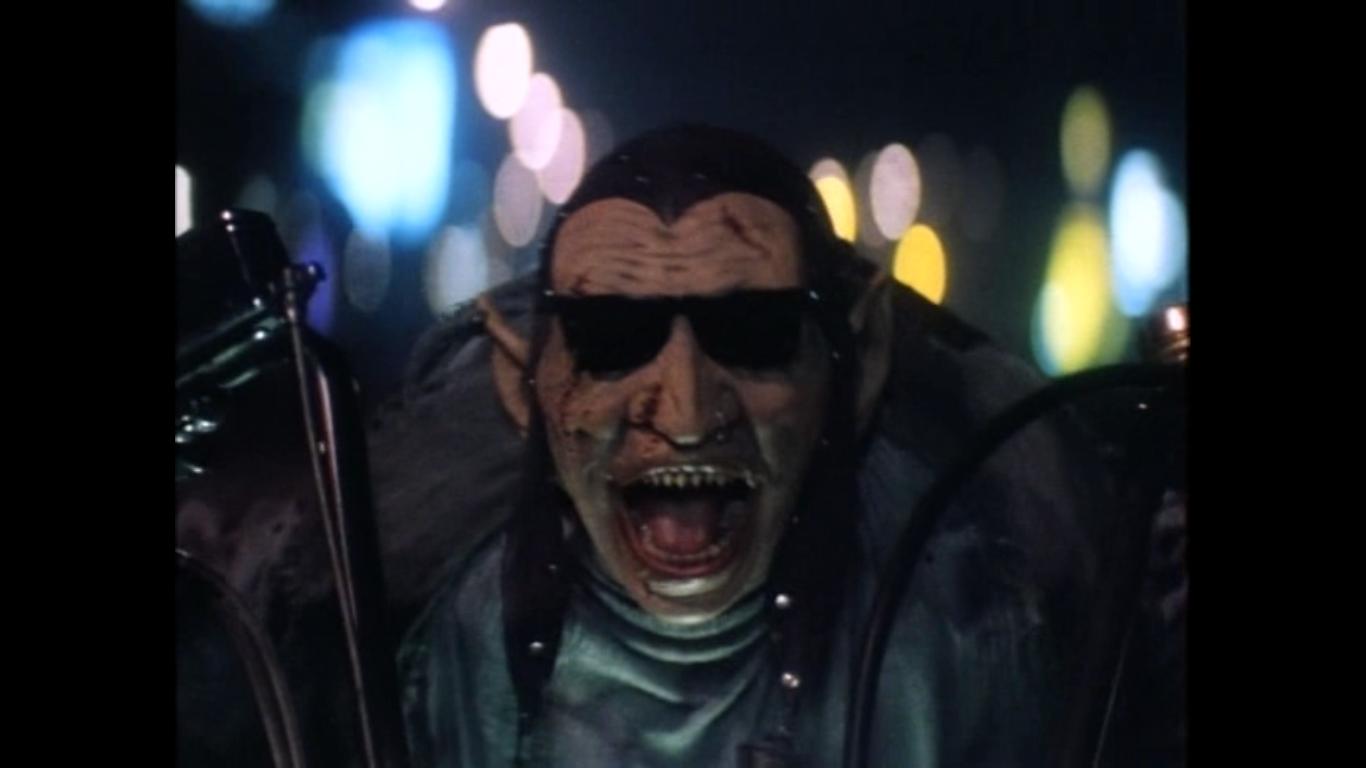
How it outdid its inspiration: Seeing as how the straight-to-VHS offering Rumpelstiltskin was directed by the same man who directed the original Leprechaun, Mark Jones, the comparisons were unavoidable. While both flicks do revolve around a mischievous, impish fiend armed with a grab bag of supernatural tricks and cringe-inducing one-liners, Rumpelstiltskin manages to get more mileage out of the concept thanks to a much better script and ensemble cast.
Whereas Leprechaun starred Warwick Davis as the hideous, limerick spouting demon, Rumpelstiltskin is played by Max Grodenchik (yes, Rom from Deep Space Nine), and his campy delivery is just a wee bit better than his forerunner – and unlike the titular Irish creature in the 1993 film, Grodenchik is actually able to convey a tiny smidge of intimidation during certain scenes.
Furthermore, while Leprechaun had a very staid and predictable plot (made worse by the static farmhouse backdrop), Rumpelstiltskin actually throws a couple of curveballs at us, including its unlikely hero (who the audience initially expects to be fodder, but quickly develops into quite the conventions-defying protagonist.)
The gore effects also outdo Leprechaun, and the “final girl” portrayed by Kim Johnston Ulrich is actually a pretty well-developed character (and a much better heroine than Jennifer Aniston, for sure.)
Outdoing Leprechaun may be seen as a low-bar achievement if there ever was one, but Rumpelstiltskin is definitely a much better than average (and much better than it had any right to be) flick from the heyday of Skin-a-max and Blockbuster Video; B-movie aficionados in dire need of some new forgotten film to retroactively revere, do take note.
10. Dredd (2012)
The film it ripped off: The Raid (2011)
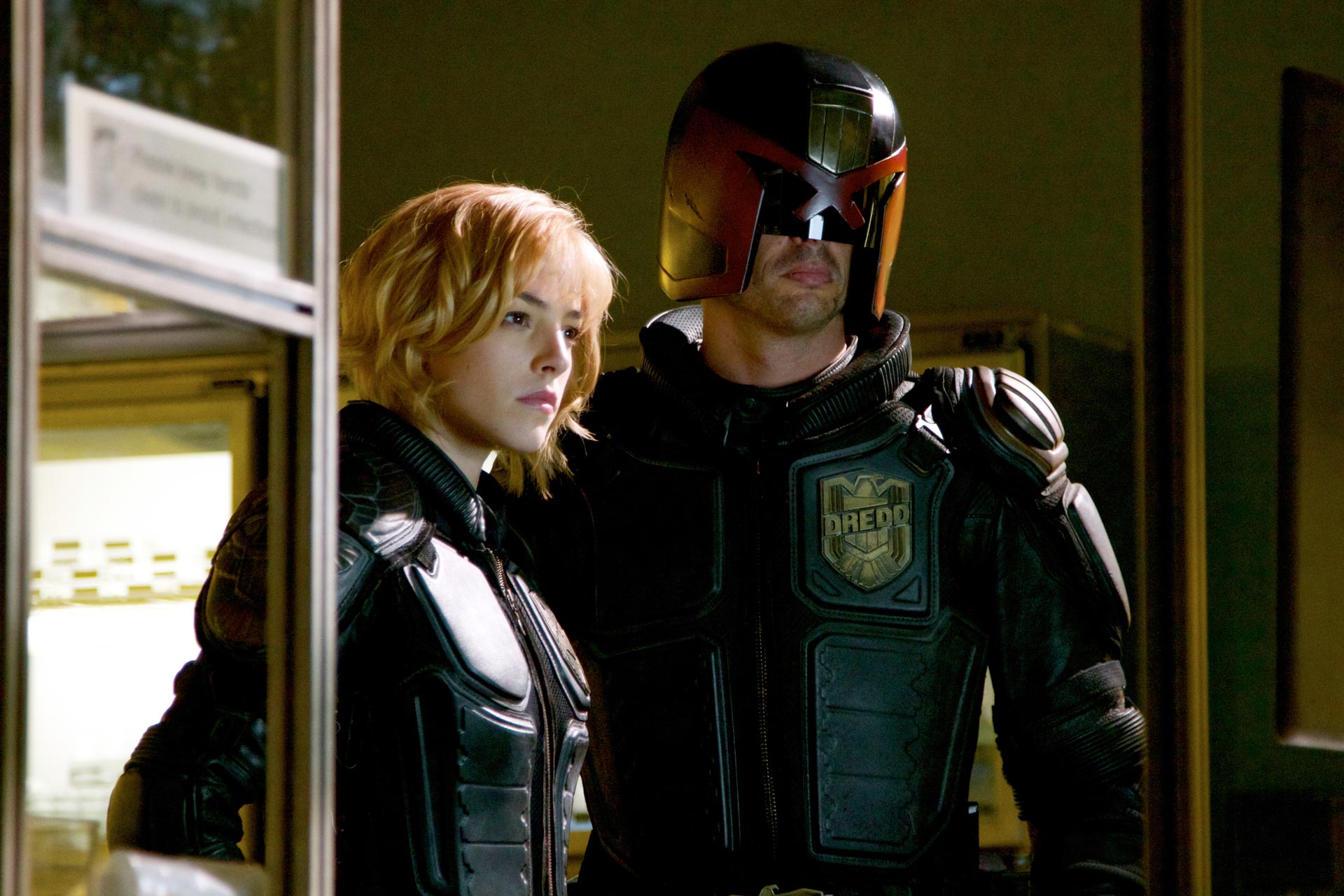
How it outdid its inspiration: First off, The Raid – with or without the soundtrack by the dude from Linkin Park – is unquestionably an action masterpiece.
Gareth Evans’ hyper-kinetic martial arts romp thrilled filmgoers the world over with its literally nonstop action, so one has to REALLY question Dredd director Pete Travis’ decision to mimic that flick’s central premise – heroes in a high rise have to clear level after level of bad guys before going toe-to-toe with the flick’s ultimate villain. (And yes, that is also technically the premise of the Bruce Lee classic The Game of Death and virtually every arcade action game released in the 1980s, so perhaps we shouldn’t give either directors too many points for originality.)
And that’s where Travis nailed it; not only did he manage to successfully imitate the constant bombardment of violence in The Raid, he managed to do it one better by injecting it with a nuanced, fully fleshed out cavalcade of diverse characters AND some downright beautiful CGI effects that makes the $45 million production look like it cost three or four times that.
Minor quibbles with the (over)use of slow-motion aside, Dredd has just as much awe-inspiring mayhem in it as its much celebrated Indonesian inspiration – and then takes it one step further with better pacing, better acting, and a much, much better story.
Author Bio: James Swift (@UNJournalism) is an Atlanta-based writer and reporter whose work has been published by the Juvenile Justice Information Exchange, Youth Today, the Center for Public Integrity, the Marietta Daily Journal, AOL, Thought Catalog, The Roswell and Alpharetta Neighbor, The North Fulton Business Journal and the Journal of Blacks in Higher Education. His multimedia project “Rural America: After the Recession” received acclaim from both the Community Action Partnership and the Casey Journalism Center on Children and Families, and in 2013, he wrote the foreword for Jan Banning’s “Down and Out in the South.”